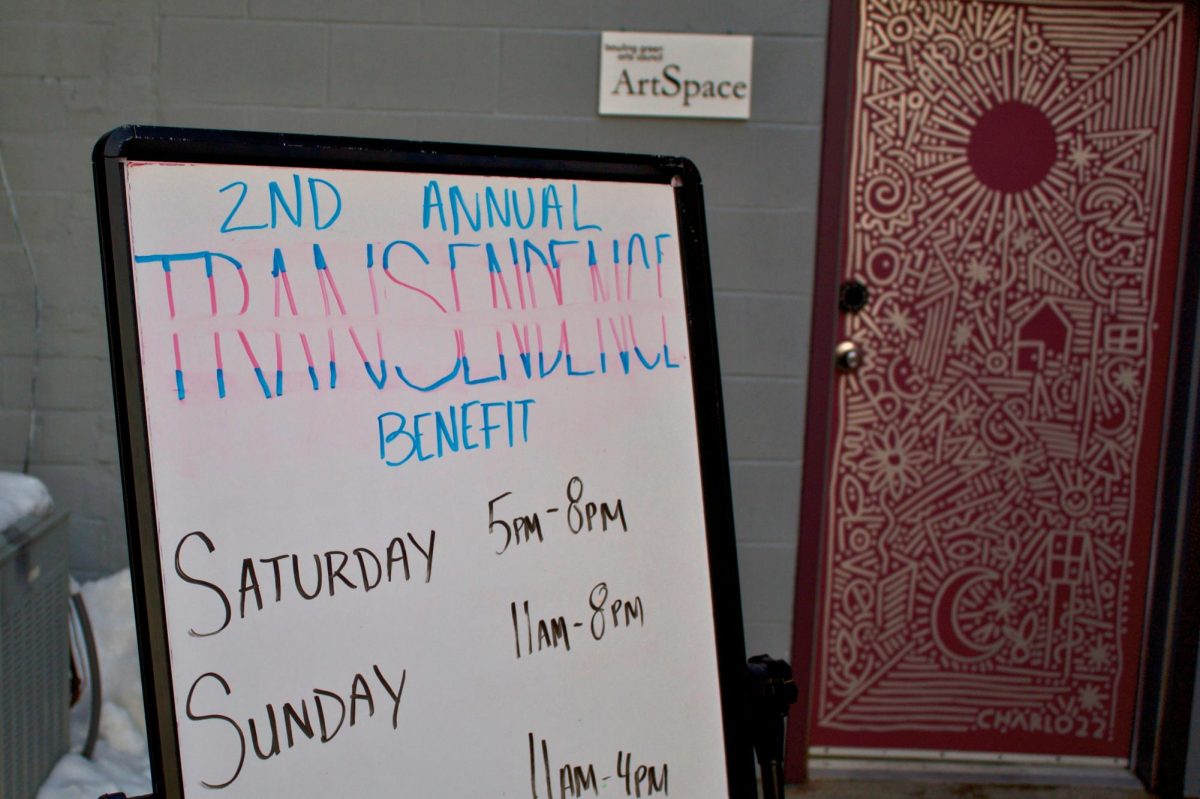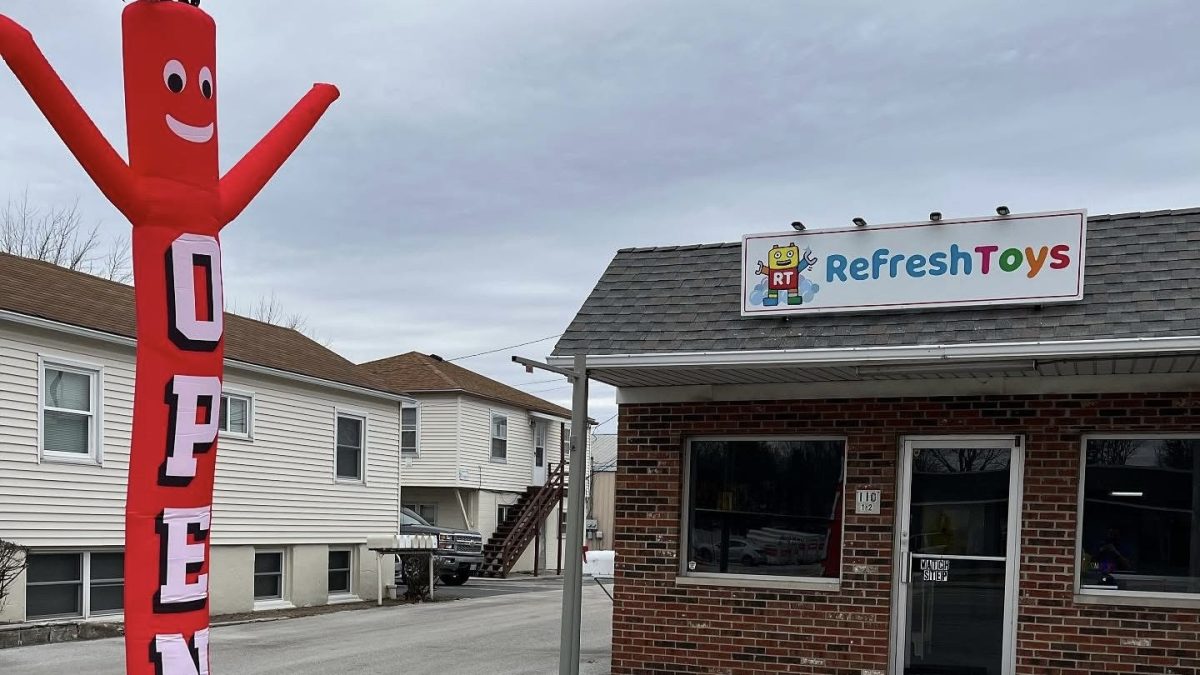Introduction
College recruiters work hard to attract prospective students. They flaunt their college for its academic achievements, its alumni and often its sports. But there is a new criterion moving its way up the list — sustainability. If a college isn’t green, some students might choose a greener school. In a survey by the Princeton Review of 10,300 college applicants, 63 percent stated a college’s commitment to the environment could affect their decision to attend. Students are looking into how sustainable their prospective colleges are and if they don’t make the grade, then they don’t make the cut.
Editor’s note: This is part two in a three-part series looking at sustainability at six Ohio four-year public universities. (Written by Ella Fowler and Gina Potthoff)
When colleges are trying to encourage eco-friendly living, they often turn to students to do the promoting.
Courses, majors and sustainability programs contribute to a college’s sustainability efforts, but getting students involved enough to create eco-awareness is another way of teaching the subject outside the classroom.
The BG News decided to look at six Ohio four-year public universities — BGSU, Kent State University, University of Toledo, University of Cincinnati, Ohio University and Ohio State University — and their student environmental movements.
Fourth-year UC student Francesca Bonapart thinks the campus green movement is definitely coming along, with a number of student eco-organizations. As an architectural engineering technology major, Bonapart’s career choice impacts her interest in sustainability.
“Sustainability is a big thing with building design,” she said.
Bonapart is a member of the Sustainability Coalition, a student group formed in 2009 as an official subcommittee of President’s Advisory Council on Environment & Sustainability. The coalition has a direct connection to the UC administration and is able to influence decision making on campus, said Shawn Tubb, UC sustainability coordinator.
Bonapart has noticed more students are getting involved in environmental issues, planting more trees, recycling and thinking more about what they as students can do to branch out in the green movement.
All universities analyzed did have some recycling program and some even organized recycling and energy-saving competitions to motivate students.
At UT, residence hall Parks Tower earned first place in the 2009 “Blackout” competition. The competition monitored energy consumption from Oct. 15 through Dec. 15, and compared that number to the previous year. Whichever residence hall showed the most improvement won.
“Our residents did an excellent job of making sure they were turning off lights when they weren’t needed,” UT Hall Director of Parks Tower Sandra Alef said. “We also had TV nights in the lobby so if more than one person was watching the same television show, they could all watch together instead of separately.”
UT requires all first year students at orientation to watch a presentation about sustainable transportation options. Students can also join one of its two organizations focusing on sustainability issues, said Director of Residence Life Jo Campbell.
OU has at least eight green student organizations, with purposes ranging from improving recycling methods in dining halls to encouraging the Greek community to go green to an independent webzine titled “College Green” that covers environmental news in southeastern Ohio. OU is also home to the largest “compost vessel” in the nation, which OU created in January 2009. The compost vessel holds up to 28 tons of organic waste.
One sustainability effort stirring up student support at OU is the creation of the “eco house” near campus, which OU transformed in 2005 by adding green features, including a garden, solar panels, a solar thermal water heater and an energy-efficient washing machine. Each year, three students live at the house, said Erin Sykes, sustainability staff member at OU. The “eco house” is also used for educational purposes to show how people can live eco-friendly.
“Classes and school groups come here to see what green living is all about,” Sykes said.
BGSU is also hoping to add an “eco house” to the list of properties students can rent. The “eco house” would be an environmentally-friendly residential unit with all the latest green design, composting for students committed to living green lives.
“Right now, it’s in the administrative phase,” said Laura Winebarger, vice president of BGSU’s Environmental Action Group. “We just signed the proposal … We’re still trying to figure out if it’s even possible to use one of the university-owned houses.”
At BGSU, two student eco-friendly groups organize most green projects. The Environment Service Club is mostly geared toward short-term green service projects, such as planting trees or campus cleanup, and EAG does more long-term projects to make the campus greener. A student-run green initiative fund also raises money through the optional $5 green fee tacked on tuition. Students or groups can submit ideas to the green initiative fund and the student committee decides who will get the funding to carry out their idea.
Another student-led program is Friday Night Lights, in which student volunteers turn off lights in buildings throughout campus to conserve energy. Sustainability Coordinator Nick Hennessy said the program has saved BGSU $10,000 so far.
KSU recently conducted a survey in which 81 percent of students said they perceived environmental threats as something society should be concerned about. Cathy Du Bois, chair of academic programs subcommittee of the KSU sustainability task force, said the survey also showed faculty believes student awareness and perception of sustainability is on the rise.
Twenty-five KSU student organizations are incorporating sustainability, Du Bois said.
Net Impact is a group of graduate students that works with both community and campus impact initiatives and has done a variety of campus events, said Net Impact Vice President Justin Goodman.
“I would say there is a lot of interest at Kent State [in sustainability],” Goodman said.
He said many students on campus are curious about sustainability and green initiatives.
Many students, Du Bois said, don’t understand the concept of sustainability, but want to get involved when they see the words “green” or “environmental.” A class was offered last semester with the word “sustainability” in the title, but not many students signed up for the course. But when the course title was changed and had “green” in the title, more students registered for the class, Du Bois said.
“There’s a big push and people are a lot more conscious about the environment today,” said Mark Giese, academic administrative officer for the School of Environment and Natural Resources at OSU.
People need to enhance and protect the environment, but sometimes people don’t understand that.”
At OSU, the Students for a Sustainable Campus group works with students, faculty and staff to bring about ecological awareness and to address issues of energy, the environment and public health. The Students for Recycling group tries to educate the student body on the importance of recycling, according to OSU’s website.
OSU has had environmental programs since the late 1960s when protests and environmental consciousness were high. Since then, the popularity of the programs dipped, but Giese said a recent rise on campus has been evident.
Editor’s note: Angela Green, Shaina Smith, Brittany Washington and Josh Whetherholt contributed reporting to this story.














